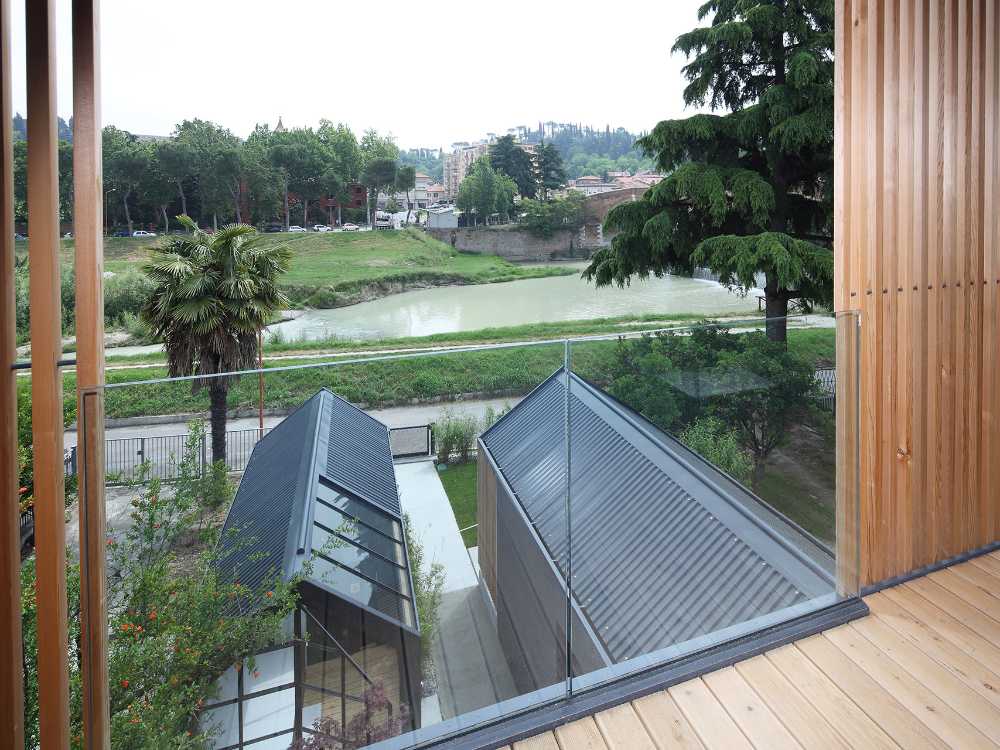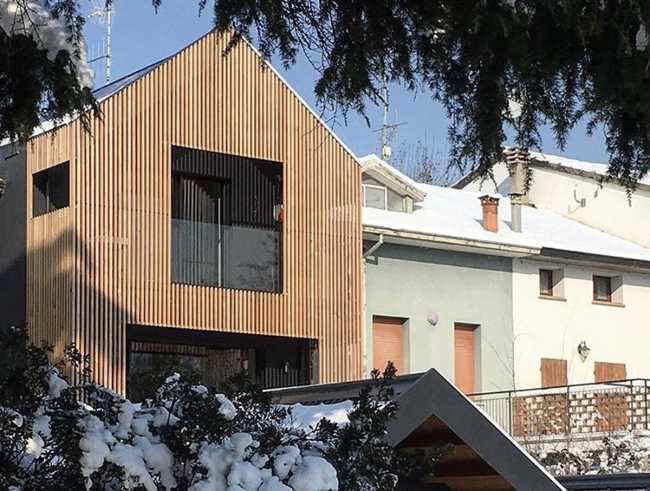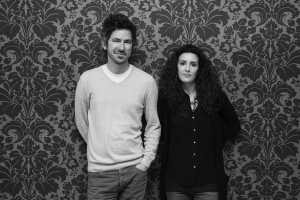One of the first renovation works was carried out in Cesena, based on the international Passive House protocol, by the Piraccini Design Studio
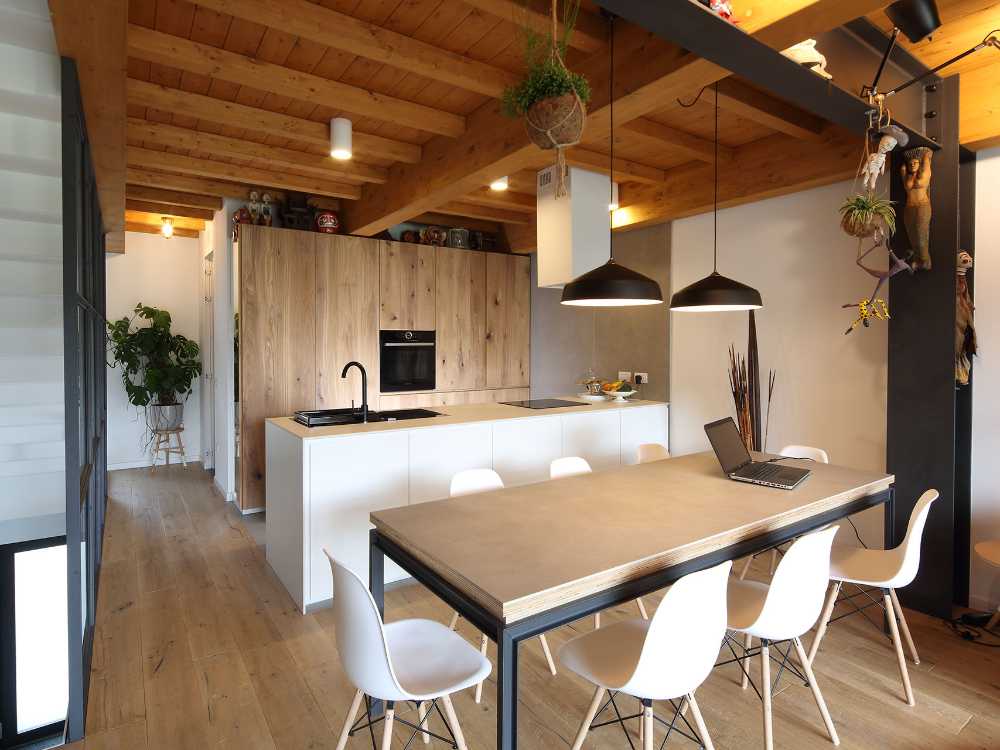

Passive House in Cesena. New concept of Sustainable Zero Consumption Renovation
Piraccini Studio has designed a renovation project in Cesena based on the international Passive House protocol, one of the first in Italy on an already existing aggregated building
- #Europe
- #Italy
- #Habitation
- #Building recovery
- #Wood
- #Glass
- #Metal
- #Plaster
- #Architectures
- #Sustainability
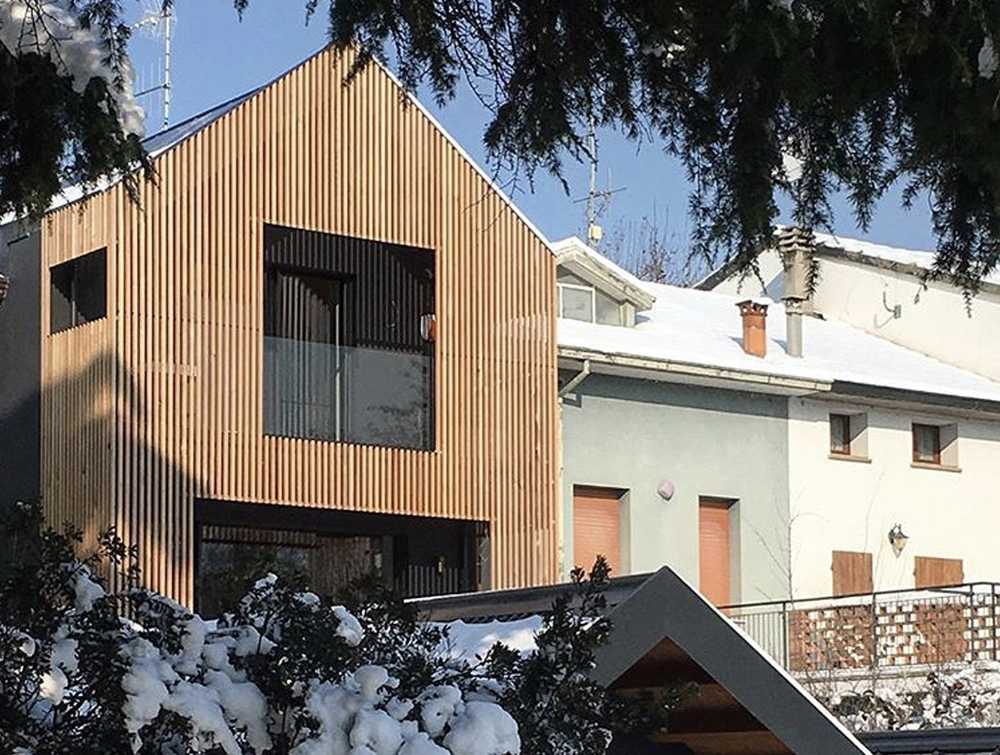
Passive House is based on an international protocol issued by the Darmstadt Passiv Haus Institut, the highest international scientific reference for near-zero sustainable energy building
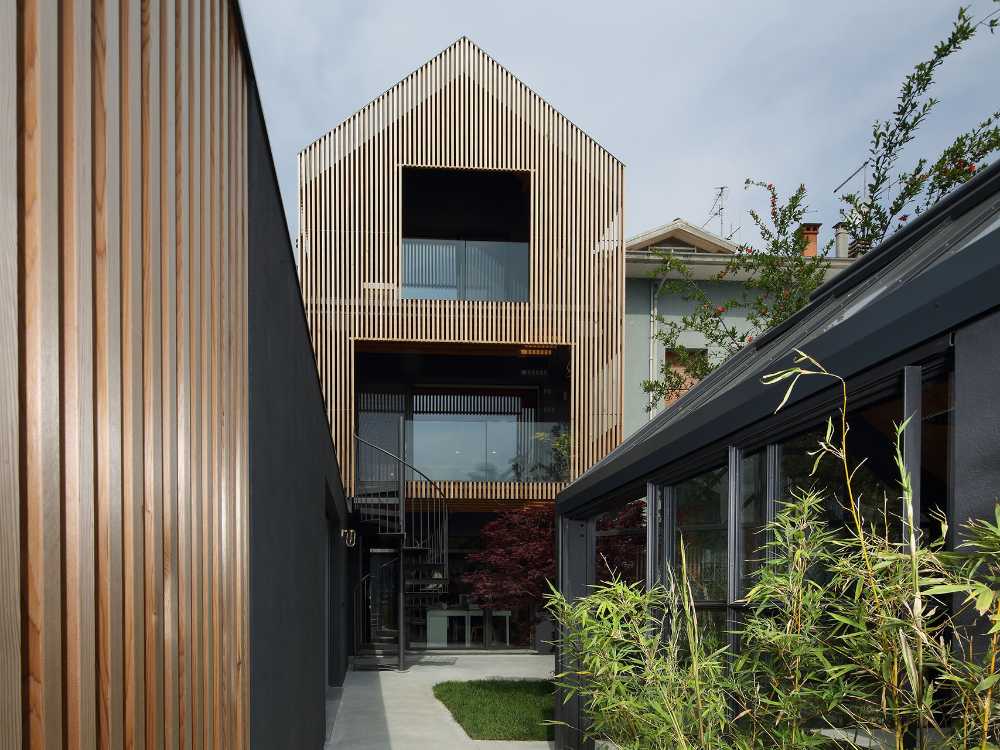
The concept of a house built according to the Passive House standard is that it can be heated using the sun, the heat produced by the human body of the inhabitants and by household appliances without the need for a traditional heating system, thus being almost 100% self-sufficient
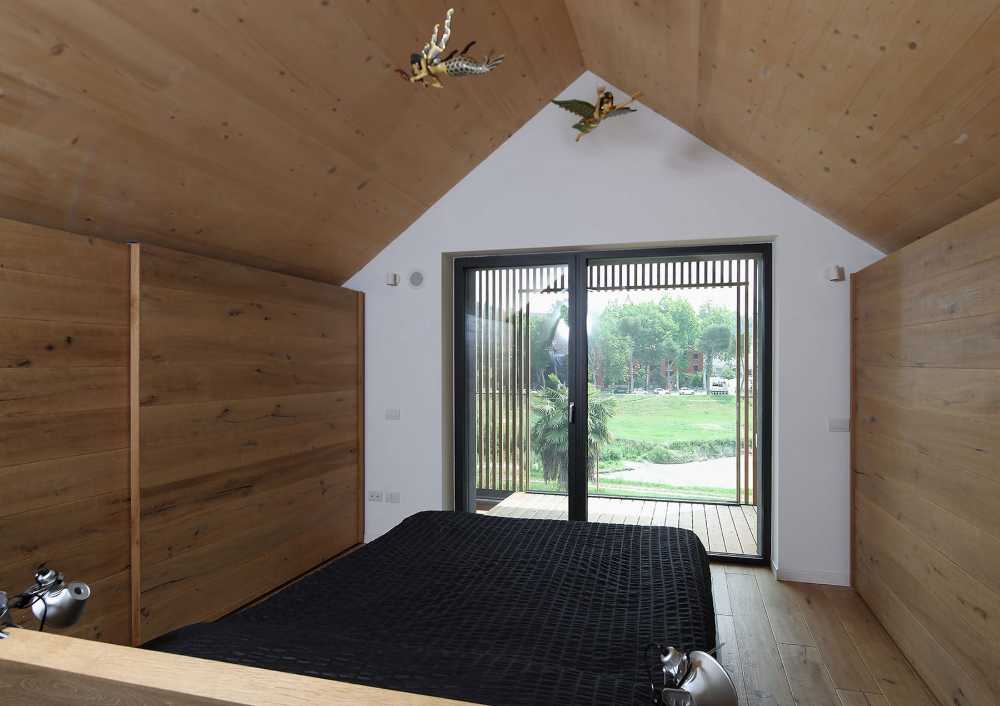
The project is particularly innovative as it is the first in Italy to involve an already existing aggregated building. The project demonstrates how excellent energy performance can be achieved not only in new isolated buildings, which represent almost all the Passive Houses built to date but also in urban aggregates of historic buildings or the first extensions of our cities. The experimentation is significant especially for Italy, where each city is characterized by this type of building, in a context where urban regeneration, energy efficiency and seismic improvement are emerging factors
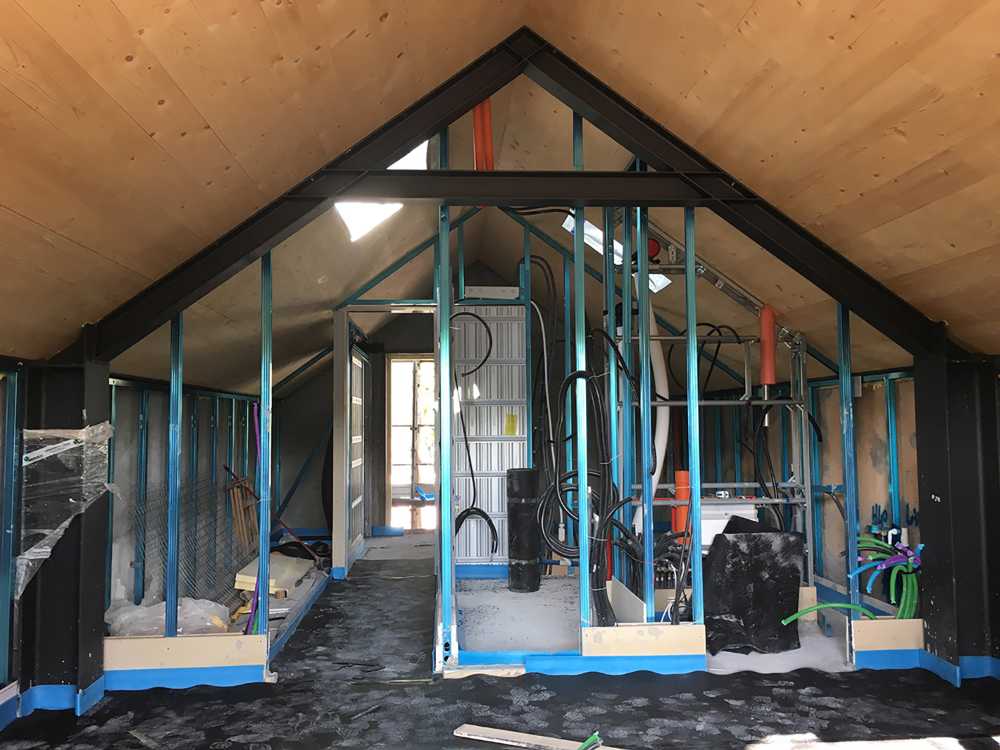
The renovation has involved a building originally used as a dwelling, now used as a residence and architecture studio: the project was designed to keep the cost at market levels without sacrificing any aspect of quality. The structure is of a mixed type, made of wood (lamellar and XLAM), steel and reinforced concrete, and in it each material is used to the best of its potential exploiting its natural characteristics
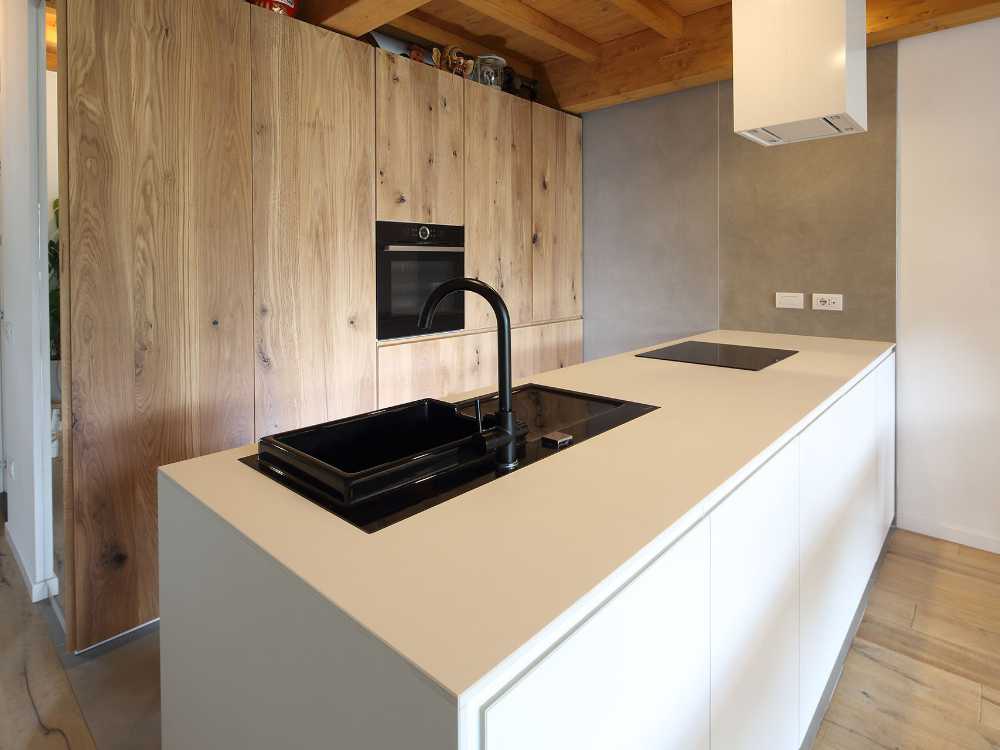
The building is composed of an efficient enclosure, whose thermal and acoustic insulation has been created using products that combine safety and environmental sustainability with high performance, to ensure the best living comfort and healthiness of the environment. The cladding was insulated using URSA GLASSWOOL SF32 SOLARWOOL glass wool felt; URSA TERRA natural mineral wool panels were chosen for the interior walls, combining high thermal performance with excellent acoustic performance; The new generation URSA MAIOR extruded plastic foam panel was used for the external walls, the first with thermal conductivity of 0.027 W/mK and compressive strength of 300 kPa, stable over time, highly resistant to water and resistant to atmospheric and chemical agents; finally, for the URSA XPS NVII subfoundation insulation, the 0.033 W/mK extruded polystyrene panel with thermal conductivity constant from 50 to 200 mm, compressive strength 700 kPa, excellent reactivity to water and to cycles of frost and thaw
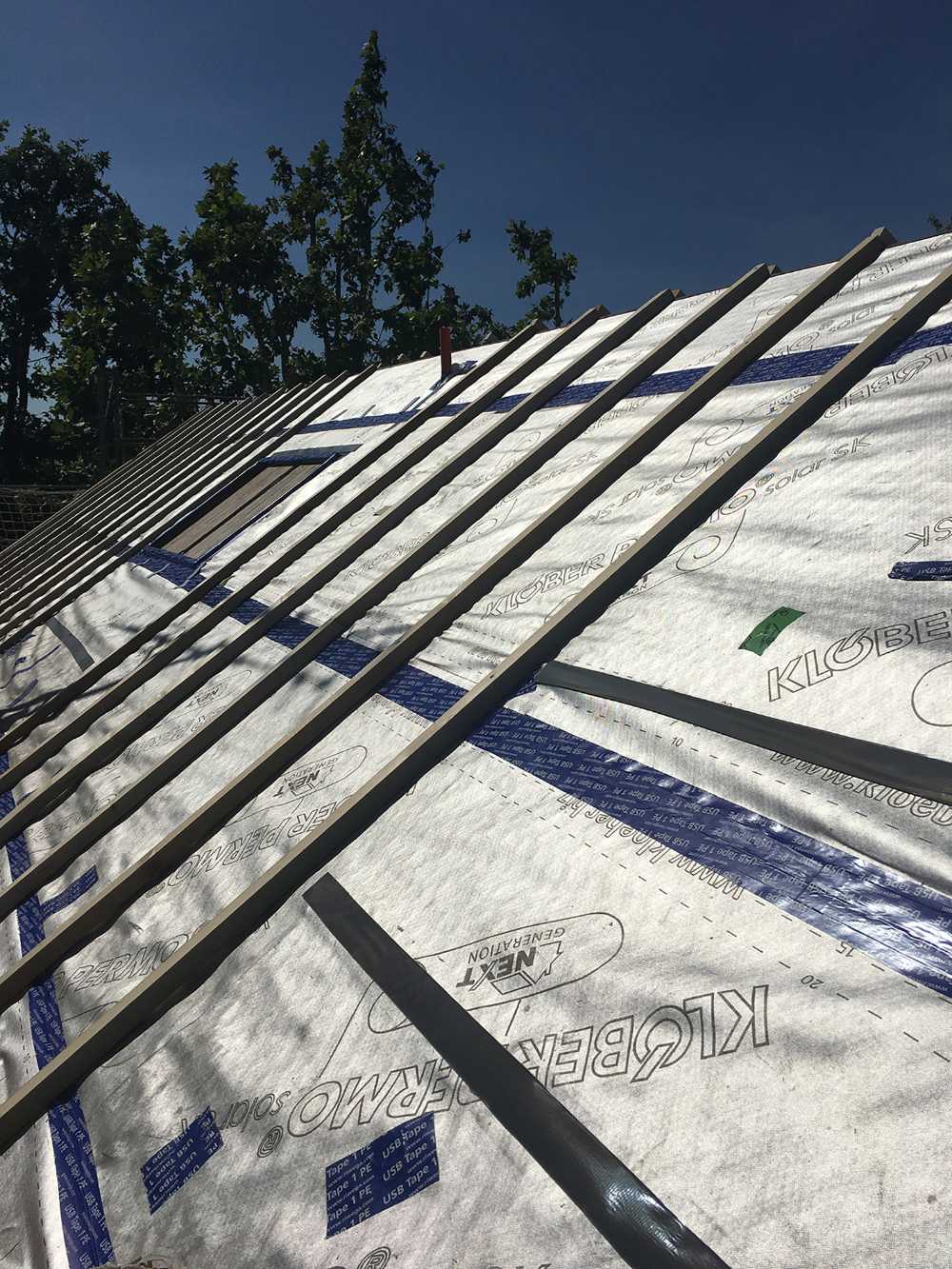
The adoption of a set of innovative solutions, perfectly integrated with each other, with the structure and the systems, will allow the building to heat up with the use of the sun's rays, the heat produced by the human body and by household appliances. The building has not been connected to the gas network and is equipped only with a mechanical ventilation system and heat pump, capable of transferring heat from the expelled stale air to the clean, filtered air introduced from outsid
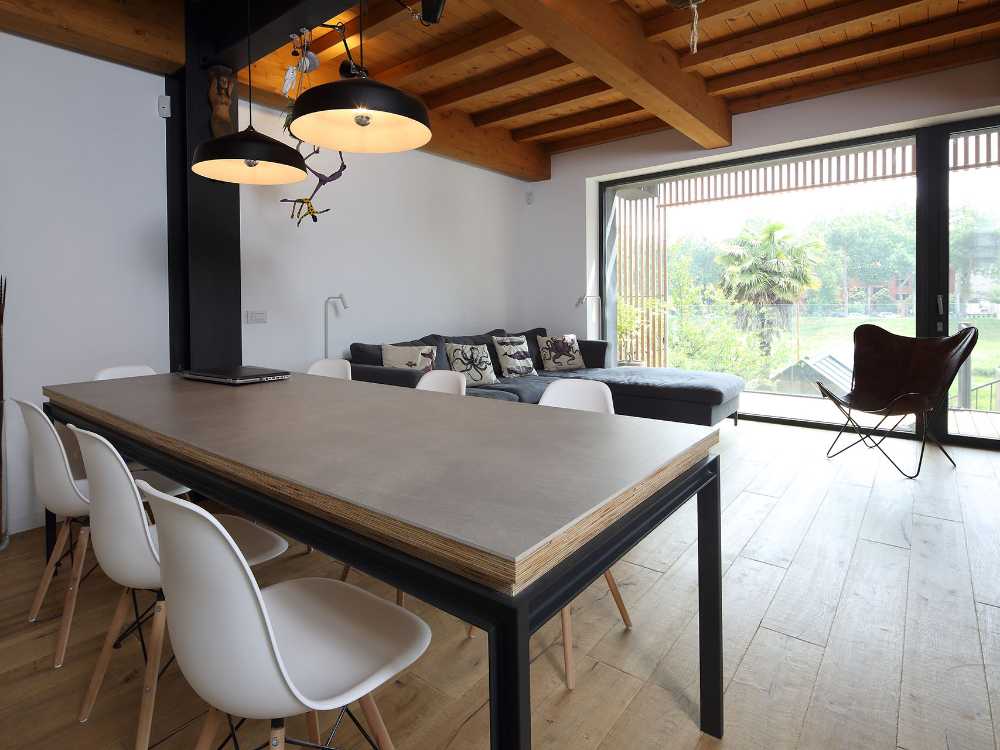
By not using combustible energy sources, the building will have zero emissions into the atmosphere, with energy consumption close to zero, for a very low environmental impact; a Passive House also ensures high levels of well-being and indoor air quality compared to traditional buildings
